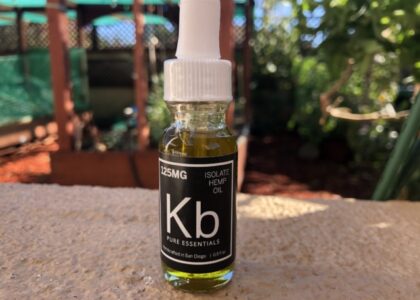In the world of automotive detailing and surface protection, ceramic coatings have gained significant popularity for their durability and advanced protective properties. This article explores the science behind ceramic coatings, with a focus on the role of nanotechnology in creating a robust and long-lasting shield for various surfaces.
1. What is Ceramic Coating?
- Advanced Protective Layer: Ceramic coating is a liquid polymer applied to surfaces, creating a protective layer that bonds chemically with the factory paint. It enhances the surface’s hardness and provides a shield against environmental contaminants.
- Long-lasting Performance: Unlike traditional waxes or sealants, ceramic coatings offer long-lasting protection, reducing the need for frequent reapplication.
2. Nanotechnology in Ceramic Coatings:
- Nano-sized Particles: The term “nanotechnology” refers to the use of extremely small particles, typically less than 100 nanometers in size. In ceramic coatings, nano-sized particles play a crucial role in the formulation.
- Enhanced Properties: Nanoparticles offer unique benefits, such as increased surface coverage and the ability to penetrate microscopic imperfections, resulting in a more uniform and effective protective layer.

3. Key Components of Nanotechnology in Ceramic Coatings:
- Silica (SiO2) and Titanium Dioxide (TiO2): Silica and titanium dioxide nanoparticles are common components in ceramic coatings. These materials contribute to the coating’s hardness, UV resistance, and hydrophobic properties.
- Self-cleaning Effect: Nano-sized particles create a self-cleaning effect by making the coated surface highly hydrophobic. Water beads up and rolls off, carrying away dirt and contaminants.
4. How Nanotechnology Enhances Protective Properties:
- Hardness and Scratch Resistance: Nanoparticles increase the hardness of the coating, providing enhanced scratch resistance compared to traditional wax or polymer sealants.
- Chemical Resistance: The chemical resistance of ceramic coatings is improved by the uniform distribution of nanoparticles. This makes the coated surface less susceptible to damage from bird droppings, tree sap, or harsh chemicals.
5. Application Process and Bonding:
- Thermal Bonding: During the curing process, ceramic coatings undergo thermal bonding. This involves the activation of nano-sized particles at the molecular level, creating a strong and durable bond with the surface.
- Permanent Adhesion: The permanent adhesion achieved through nanotechnology ensures that the coating does not easily wear off or break down over time.
6. Benefits of Ceramic Coatings with Nanotechnology:
- Longevity: The durability of ceramic coatings, attributed to nanotechnology, provides long-lasting protection, often lasting several years.
- Enhanced Aesthetics: Nano-sized particles contribute to a high-gloss finish, enhancing the aesthetics of the coated surface by intensifying color and depth.
7. Considerations for Application:
- Professional Application vs. DIY Kits: While there are DIY ceramic coating kits available, professional application by experienced detailers often ensures optimal results due to the precision required in the process.
- Surface Preparation: Proper surface preparation, including paint correction and decontamination, is crucial for the successful application of ceramic coatings.
Harnessing Nanotechnology for Superior Protection
The science behind ceramic coatings, driven by nanotechnology, represents a revolutionary approach to surface protection according to https://espertocoimbatore.in/. As automotive enthusiasts and detailers embrace the benefits of these coatings, understanding the role of nano-sized particles in creating a resilient and high-performing shield is essential. With advancements in nanotechnology, ceramic coatings continue to redefine the standards of surface protection in the automotive and industrial sectors.










